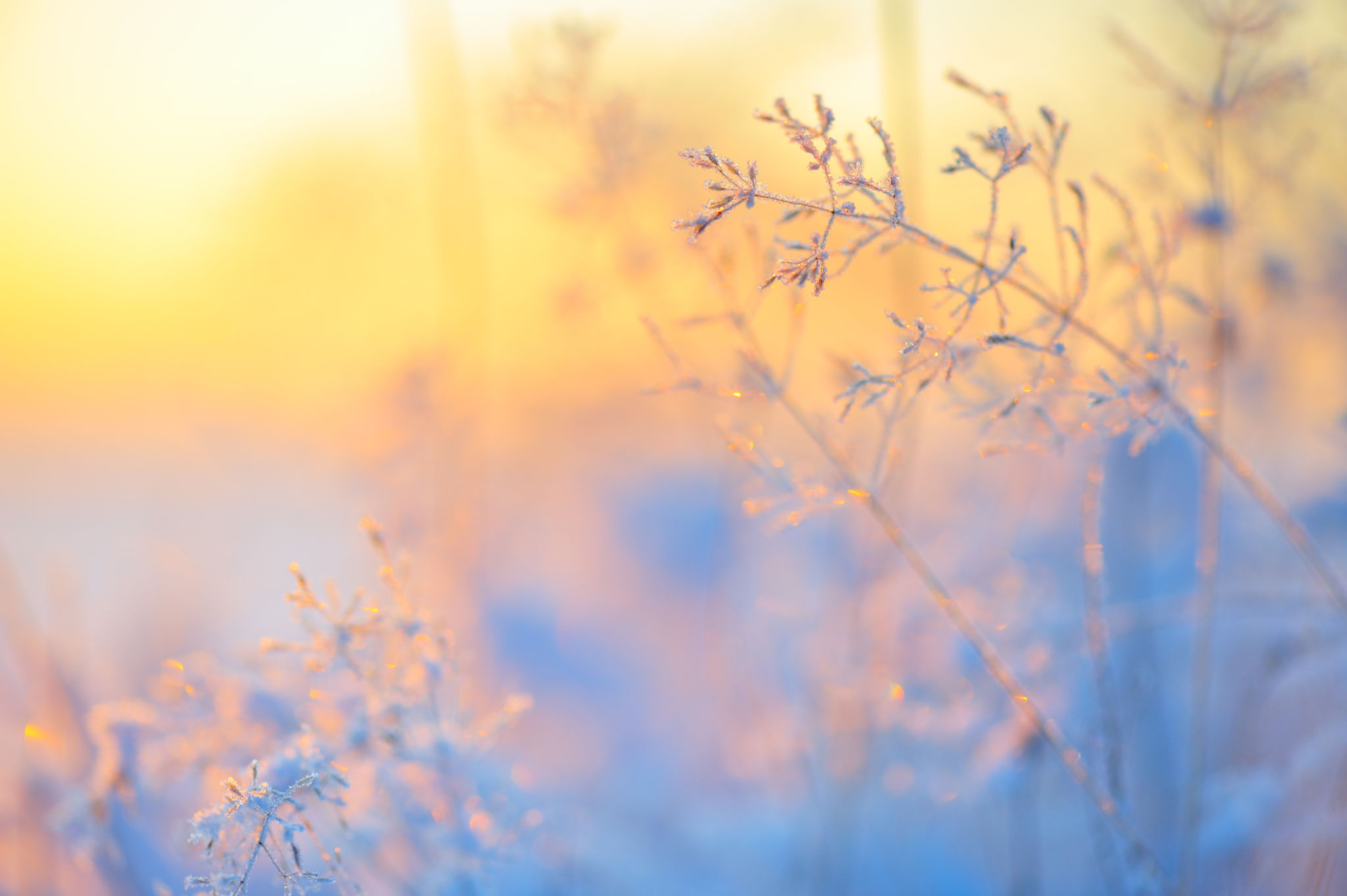Choosing the Right Plants for Your Townhome Landscape
Understanding Your Townhome’s Environment
When it comes to landscaping a townhome, choosing the right plants is crucial for creating a beautiful and sustainable environment. Before selecting plants, it's important to understand the specific conditions of your townhome's surroundings. Consider factors such as sunlight exposure, wind patterns, and soil type. These elements will influence which plants will thrive in your space and which might struggle.

Townhomes often have limited space, so making the most of your available area is essential. Vertical gardening and container planting can be excellent solutions to maximize your landscape's potential. By carefully assessing your environment, you can select plants that will not only survive but flourish.
Sunlight and Shade Considerations
One of the most important factors in plant selection is understanding the light conditions your landscape offers. Assess how much sunlight your space receives throughout the day. Some areas may have full sun exposure, while others could be partially shaded by neighboring buildings or trees.
For sunny spots, consider drought-tolerant plants like lavender or succulents. In shadier areas, hostas or ferns might be more suitable. Balancing sun-loving and shade-loving plants ensures a harmonious and thriving garden.

Choosing Plants for Limited Space
Townhome landscapes often come with space constraints, making plant selection even more critical. Opt for plants that can grow vertically or those that have a compact growth habit. Climbing plants such as clematis or ivy can add greenery without taking up much ground space.
- Vertical Gardens: Use trellises or wall-mounted planters to grow herbs, flowers, or small vegetables vertically.
- Container Gardening: Choose pots of various sizes for flexibility and mobility.
These methods not only save space but also add visual interest by introducing different heights and textures to your garden.
Seasonal Plant Selection
Selecting plants that thrive in different seasons will ensure your garden remains vibrant year-round. Research which species are best suited for your climate and plan seasonal rotations. This way, you'll always have something blooming, even during colder months.

Consider planting evergreens for year-round greenery, supplemented by seasonal flowers like tulips in spring or chrysanthemums in fall. This variety keeps your landscape lively and engaging throughout the year.
Maintenance and Care
Maintaining a townhome landscape doesn't have to be time-consuming or labor-intensive. Choose low-maintenance plants if you prefer a more hands-off approach. Native plants are often a great choice as they are adapted to the local climate and require less care.
- Watering: Install a drip irrigation system to efficiently manage water use.
- Pruning: Regularly trim plants to maintain their shape and health.
- Soil Health: Use quality soil and mulch to promote plant growth and conserve moisture.
By selecting the right plants and employing smart gardening techniques, you can enjoy a lush landscape with minimal effort.
Incorporating Personal Style
Your townhome landscape is an extension of your home, so don't forget to incorporate elements that reflect your personal style. Whether you prefer a modern aesthetic with clean lines and minimalistic plants or a cottage garden with wildflowers and meandering paths, your landscape should feel like an extension of yourself.
Add personal touches with decorative elements such as garden sculptures, colorful pots, or even a small water feature. These details can make your garden unique and inviting.
The Benefits of the Right Plant Choices
Choosing the right plants for your townhome landscape offers numerous benefits beyond aesthetics. Well-chosen plants can improve air quality, reduce noise pollution, and even increase property value. Moreover, they create a welcoming environment for pollinators such as bees and butterflies, contributing positively to the ecosystem.

A thoughtfully designed landscape enhances not only the beauty of your home but also its ecological footprint. By considering environmental factors, space limitations, and maintenance needs, you can create a vibrant and sustainable garden that brings joy throughout the seasons.